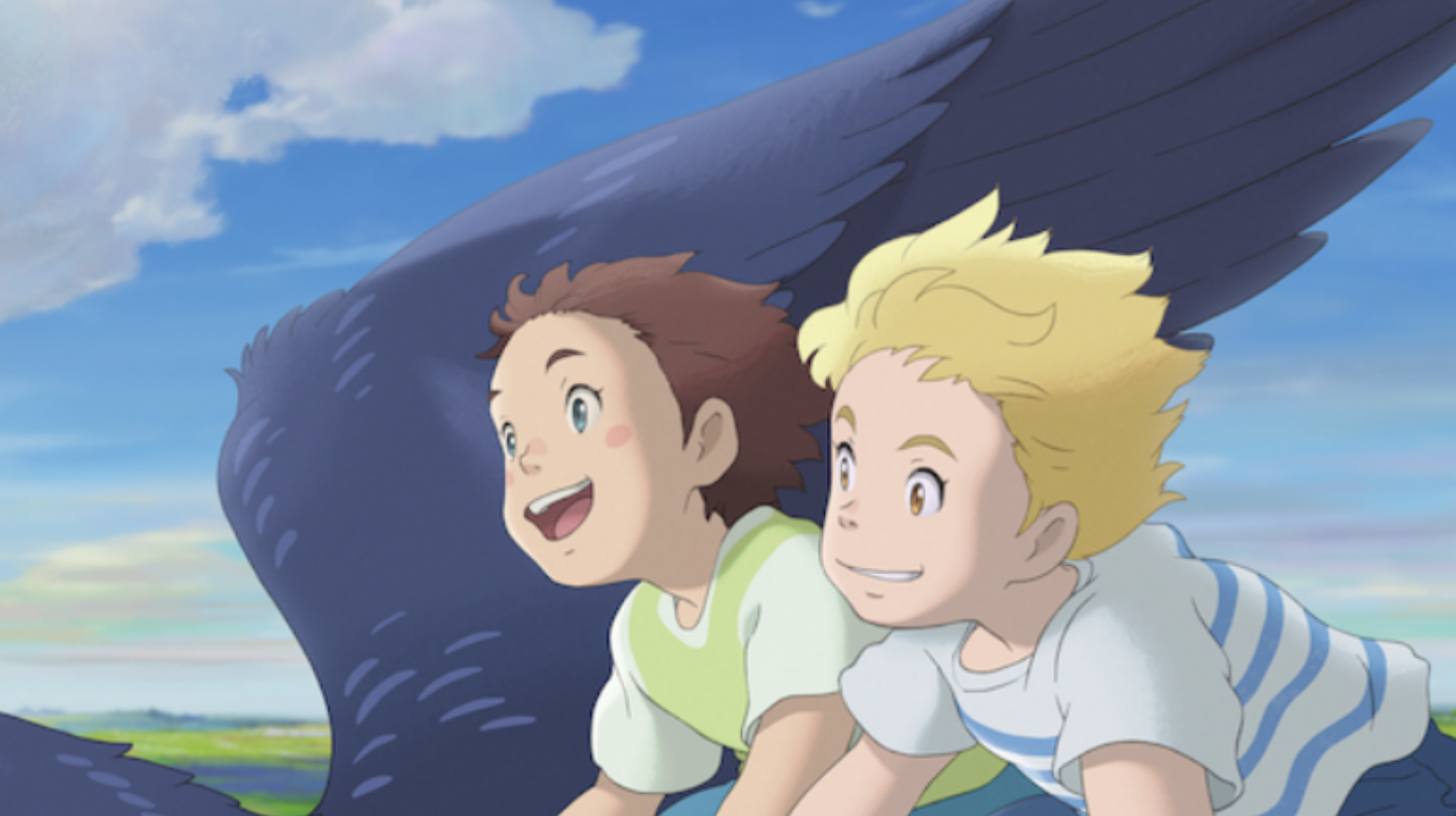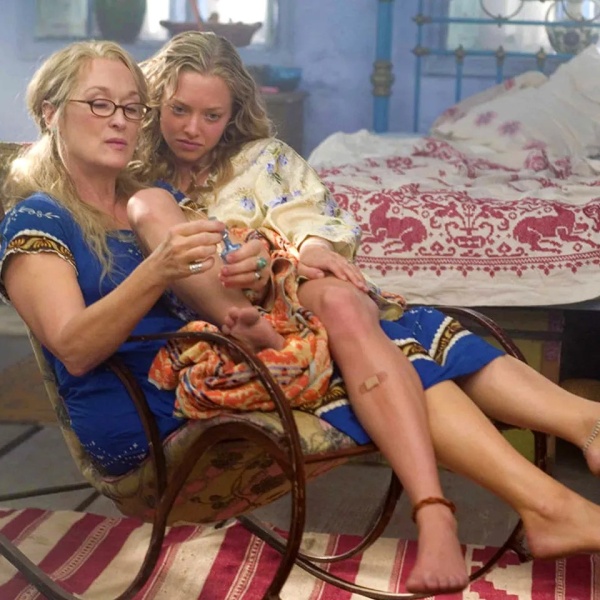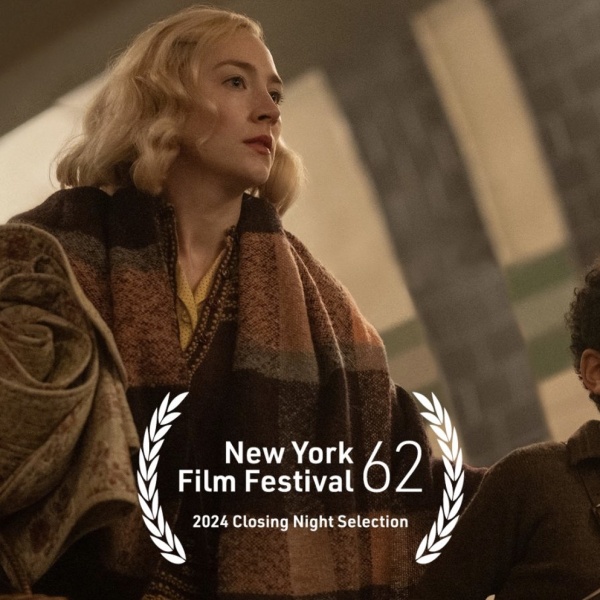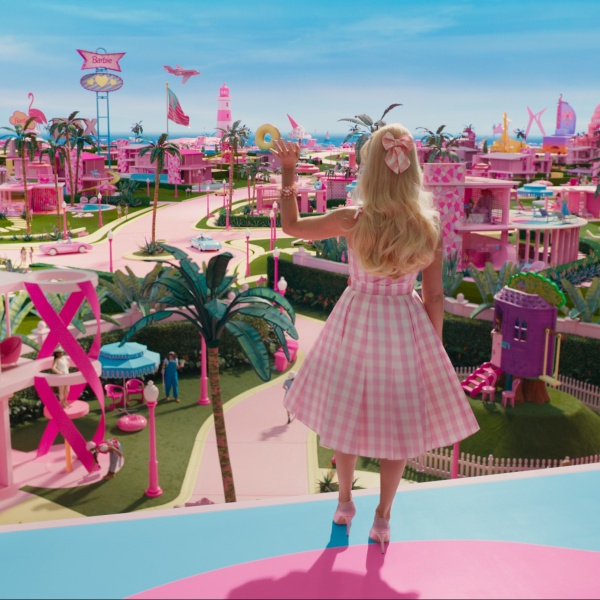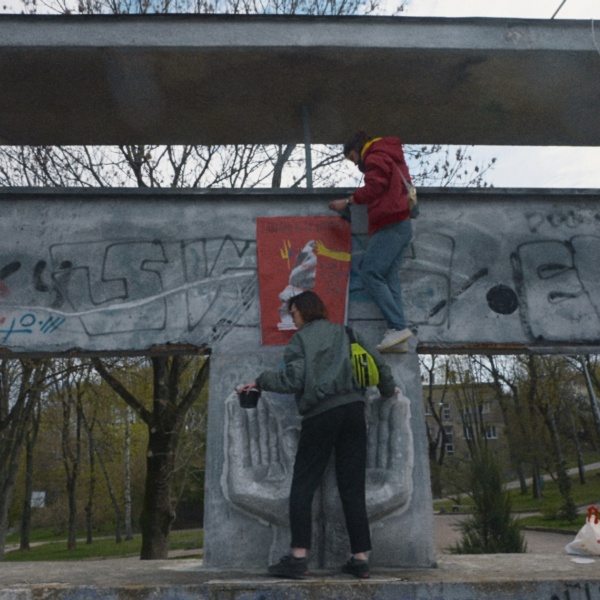The concept of imaginary friends is foreign to kids in Japan, but producer and Studio Ponoc founder Yoshiaki Nishimura saw potential in adapting A.F. Harrold’s children’s novel into the hand-drawn fantasy “The Imaginary” (streaming on Netflix).
Nishimura had no problem relating to the mind-bending adventures of young Amanda (Evie Kiszel) and her imaginary friend, Rudger (Louie Rudge-Buchanan), which he knew had universal appeal. For Rudger, though, there is the worry of eventually slipping from Amanda’s memory and being lost among the forgotten Imaginaries in their isolated town.
“When I was writing the script and making the film, I thought how Harrold expressed it in various layers and how we could do that,” Nishimura told IndieWire through his translator. “The imaginary friend in this world is like the animated filmmaker. And we don’t want to preach from above like teachers saying this is the way the world is to children. We want to be alongside children, encourage them and have them have fun. Kids, when they grow up, they might forget the title or the character they saw in the animation, but it will remain with them. What happens to us in life will remain with us, even if we forget. That’s what moves us toward adulthood.”
In “The Imaginary,” Amanda grieves the passing of her father and keeps his memory alive through the imaginary Rudger. But their fun is interrupted by the strange Mr. Bunting (Jeremy Swift), who stalks them for nefarious reasons with the aid of his ghostly-looking Imaginary.

If the movie seems cut from the same mold as Studio Ghibli, it’s no accident. Studio Ponoc was founded in 2015 by Nishimura (“The Tale of the Princess Kaguya”) as a spiritual successor to Ghibli when the legendary studio was temporarily shut down. He produced Ponoc’s first fantasy, “Mary and the Witch’s Flower,” in 2017. “The Imaginary” marks the first of a multi-film deal with Netflix. Both Nishimura and “The Imaginary” director Yoshiyuki Momose (“Grave of the Fireflies”) are proteges of the late director and Ghibli co-founder Isao Takahata (“Grave of the Fireflies”), known for his darkness and experimentation.
“I’ve always thought that I had to learn how to do it properly from Takahata san and Miyazaki san,” Nishimura said. “I wanted to make sure that I didn’t forget what they made. Then when Takahata passed away [in 2018], I had this sense that I must not forget about him, that I must keep remembering him. I must have been one of the youngest creators within Studio Ghibli that had worked with him. But then I thought: I can’t move forward if I keep holding on to this, having to remember. So the moment that I realized that I can forget about him and move on, I was able to make this world of Rudger and Amanda.”
“The Imaginary” offered plenty of visual inspiration for Nishimura, director Momose, and the animators at Studio Ponoc. This included the dazzling opening sequence, where Rudger introduces us to Amanda’s wild imagination through enchanting forests and volcanic dangers alongside prehistoric and elemental creatures, as well as a library filled with a menagerie of forgotten Imaginaries.
“If you watch the movie more than once, you will realize that it’s about challenge and eternal recurrence,” added Nishimura. “In Japan, we have this set phrase: flower, bird, breeze, and moon to talk about paintings and art, and it means all that is beautiful in this world. It’s what Nietzsche has said is the eternal recurrence of looping back and going through the same thing over and over again, but expressing it in a different way.”

With Takahata in mind, Nishimura was very experimental in how he made “The Imaginary,” inviting French animation studio Les Films du Poisson Rouge (“Klaus”) to apply its innovative lighting and shading technique to the hand-drawn animation. This was inspired by the paintings of Rembrandt and Vermeer and involved principles of light diffraction while adding volume and textures to characters. The purpose was to enhance the drama surrounding the characters and their imaginations.
“We’re storytellers first and it’s important to decide what you want to say,” he said. “Then how to do the expression of that is where the techniques come in. And it’s challenging so we try to use everything we can in order to make a good story. The imagination of a child is a little more nonsensical, or, rather, there is a nonsensical part, so I thought I had to make good use of it [through this technique].”
Meanwhile, the 70-year-old director, Momose, who was called “The Third Man” at Studio Ghibli, brought his own creative expression to “The Imaginary.” “He didn’t have the chance to direct a feature film himself [at Ghibli], so I really wanted him to be the director, “Nishimura said. “And my idea was that each child’s imagination is different and that the Imaginaries should be expressed [individually], which is what he did.”
It helped that both the producer and director have very clear memories of their childhoods (Nishimura even had an imaginary friend). “But there aren’t that many people in the animation world that have that,” he said. “And [Momose] is the one who creates the characters, the concept art, Amanda’s [English] house, and the storyboard for each scene. He’s the one who creates everything. He’s the director who has the closest style to Hayao Miyazaki.”
